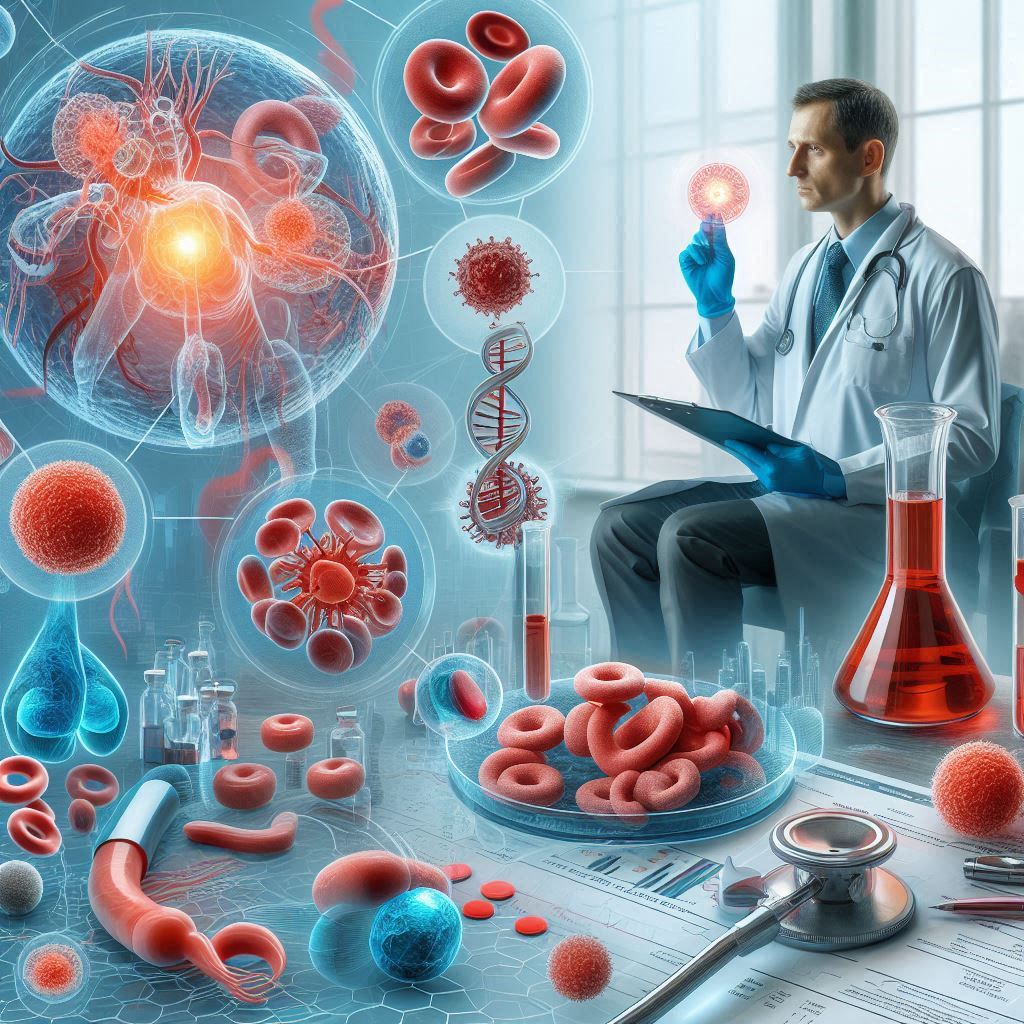Exploring the Different Types of Myelodysplastic Syndrome
Understanding the Types of Myelodysplastic Syndrome
Introduction to Myelodysplastic Syndromes
Myelodysplastic syndromes (MDS) are a diverse group of bone marrow disorders in which the bone marrow does not produce enough healthy blood cells. MDS is a complex condition with a variety of subtypes, each characterized by different symptoms, prognosis, and treatment options. Understanding these types is crucial for both patients and healthcare providers as it informs the approach to managing the condition.
Classification of Myelodysplastic Syndromes
The classification of MDS is primarily based on the World Health Organization (WHO) system, which groups MDS into subtypes according to specific features seen in bone marrow and blood samples. The classification is essential as it helps in determining the prognosis and most appropriate treatment for patients.
Refractory Anemia (RA)
Refractory Anemia (RA) is one of the simplest forms of MDS. In RA, patients typically have a low red blood cell count (anemia) that does not improve with treatment (hence the term “refractory”). The bone marrow shows dysplasia in the red cell line, but less than 5% of the marrow cells are immature cells, known as blasts. RA generally has a better prognosis compared to other types of MDS but still requires careful monitoring and management.
Refractory Anemia with Ringed Sideroblasts (RARS)
RARS is similar to RA but with an additional feature: the presence of ringed sideroblasts in the bone marrow. Ringed sideroblasts are red blood cells that have iron-loaded mitochondria visible around the nucleus in a ring-like pattern. While RARS tends to progress more slowly than other forms of MDS, it can still lead to severe anemia and requires appropriate treatment.
Refractory Cytopenia with Multilineage Dysplasia (RCMD)
RCMD is characterized by the dysplasia (abnormal appearance) in more than one type of blood cell (red cells, white cells, and platelets). Patients with RCMD often experience a combination of anemia, neutropenia (low white blood cells), and thrombocytopenia (low platelets). The prognosis for RCMD is generally poorer than RA or RARS, as it indicates a broader disruption in bone marrow function.
Refractory Anemia with Excess Blasts-1 (RAEB-1)
In RAEB-1, the number of immature cells (blasts) in the bone marrow is between 5% and 9%. This higher blast count indicates a more severe form of MDS, with a greater risk of progression to acute myeloid leukemia (AML). Treatment for RAEB-1 often involves more aggressive strategies, including chemotherapy or bone marrow transplantation.
Refractory Anemia with Excess Blasts-2 (RAEB-2)
RAEB-2 is a more advanced form of MDS, where the blast count in the bone marrow is between 10% and 19%. The higher blast percentage places patients at a significant risk of progressing to AML. RAEB-2 often requires immediate and intensive treatment, including consideration of bone marrow transplant as a potential curative option.
5q- Syndrome
5q- Syndrome is a specific subtype of MDS characterized by a deletion of the long arm of chromosome 5 (hence the name 5q-). Patients with 5q- Syndrome often have a more favorable prognosis and may respond well to specific treatments like lenalidomide. However, the syndrome can still lead to severe anemia and other complications if not properly managed.
Myelodysplastic Syndrome, Unclassifiable (MDS-U)
MDS-U is diagnosed when a patient’s condition does not fit neatly into the other categories of MDS. This unclassifiable type can make diagnosis and treatment challenging, as it may involve a mix of symptoms and bone marrow findings from different MDS types. Patients with MDS-U require individualized treatment plans tailored to their unique presentation.
Chronic Myelomonocytic Leukemia (CMML)
CMML is classified as an overlap syndrome, meaning it shares features of both MDS and myeloproliferative disorders. In CMML, there is an increased number of monocytes (a type of white blood cell) in the blood. CMML can behave like MDS or progress to acute leukemia, requiring careful monitoring and treatment.
Diagnosis of MDS
The diagnosis of MDS typically involves a combination of blood tests, bone marrow biopsy, and cytogenetic analysis. Blood tests can reveal low counts of one or more types of blood cells, while a bone marrow biopsy provides insight into the health of the bone marrow. Cytogenetic analysis helps identify specific genetic abnormalities associated with different MDS subtypes.
Treatment Approaches for Different Types of MDS
The treatment of MDS varies depending on the subtype and severity of the condition. Treatment options may include supportive care, such as blood transfusions and growth factors, chemotherapy, and in some cases, bone marrow or stem cell transplantation. The choice of treatment is often guided by the specific type of MDS, the patient’s age, and overall health.
Prognosis and Life Expectancy in MDS
Prognosis in MDS depends on several factors, including the subtype, the number of blasts in the bone marrow, cytogenetic findings, and the patient’s overall health. Early detection and tailored treatment are critical in managing the disease and improving life expectancy.
Living with MDS
Living with MDS requires ongoing management and support. Patients may need regular blood transfusions, medications to boost blood counts, and treatments to manage symptoms. Emotional and psychological support is also vital, as living with a chronic illness can be challenging.
Conclusion
Understanding the different types of Myelodysplastic Syndrome is crucial for effective treatment and management. Each subtype of MDS presents unique challenges, but with the right care and support, patients can manage their condition and maintain a good quality of life.
